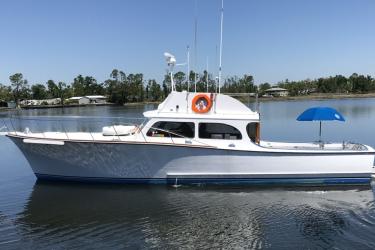I’ll never forget that moment on April 20, 2010, when we got word that the Deepwater Horizon oil rig exploded in the Gulf of Mexico. Hearing the tragic news about the 11 men who lost their lives and the 17 others who were injured was gut-wrenching. My thoughts are still with the families who lost their loved ones that day.
After 87 days, 134 million gallons of oil had flowed into the Gulf of Mexico. The oil caused unprecedented injury to the ecosystem, including marine life like fish, sea turtles and marine mammals, birds, and coastal wetlands and nearshore habitats. It also impacted so many people and communities whose livelihoods depended on the Gulf’s unique natural resources.
NOAA was on the scene from the earliest moments of the crisis. As the lead science agency for coastal oil spills, we brought decades of experience protecting and restoring our coasts. We provided critical information to guide the emergency response, both on-scene and through our headquarters and regional offices.
For the next six years, NOAA was there, assessing the damages, quantifying the injury, and determining the types and cost of restoration needed. In the process, a comprehensive assessment and restoration plan was crafted that would make possible one of the nation’s largest environmental settlements and guide decades of future restoration work.
NOAA has been working together alongside our state, federal, academic, and non-profit partners, industry, and the public. We are thoughtfully implementing projects to restore the Gulf’s resources and habitats. Significant progress has been made.
NOAA’s leadership focus is specific to these three areas:
- Restoring coastal habitats.
- Restoring marine mammals, sea turtles, fish, and deep-sea coral habitat and communities.
- Monitoring and evaluating progress toward recovery of the Gulf’s resources and ecosystem.



